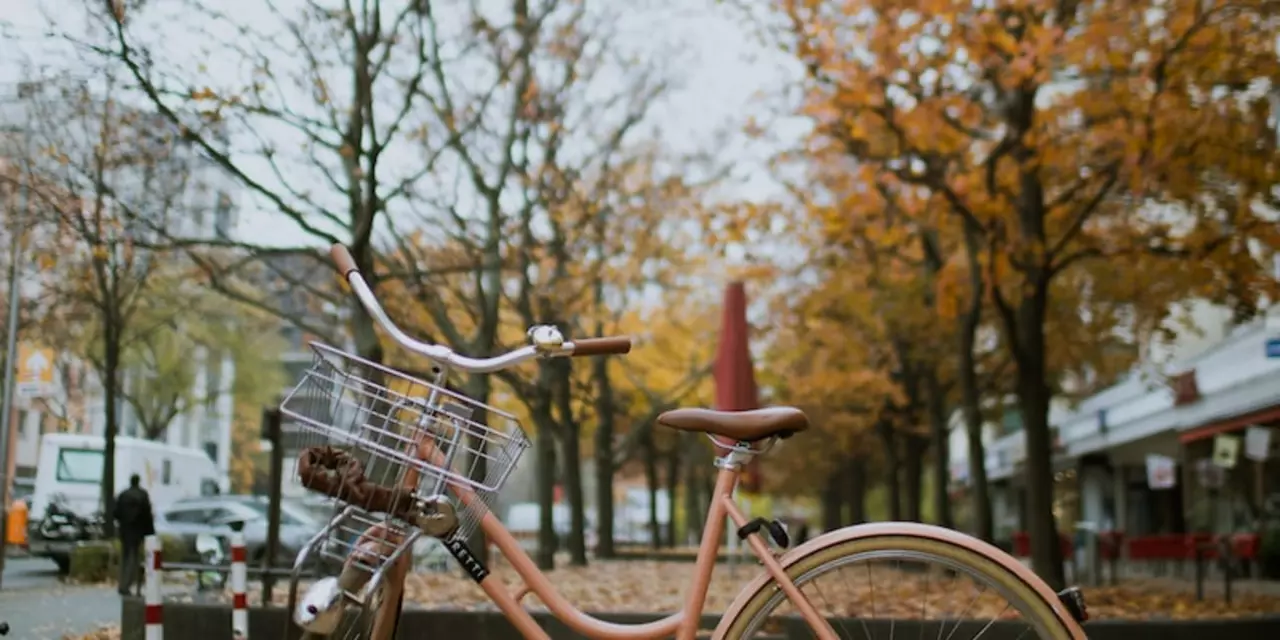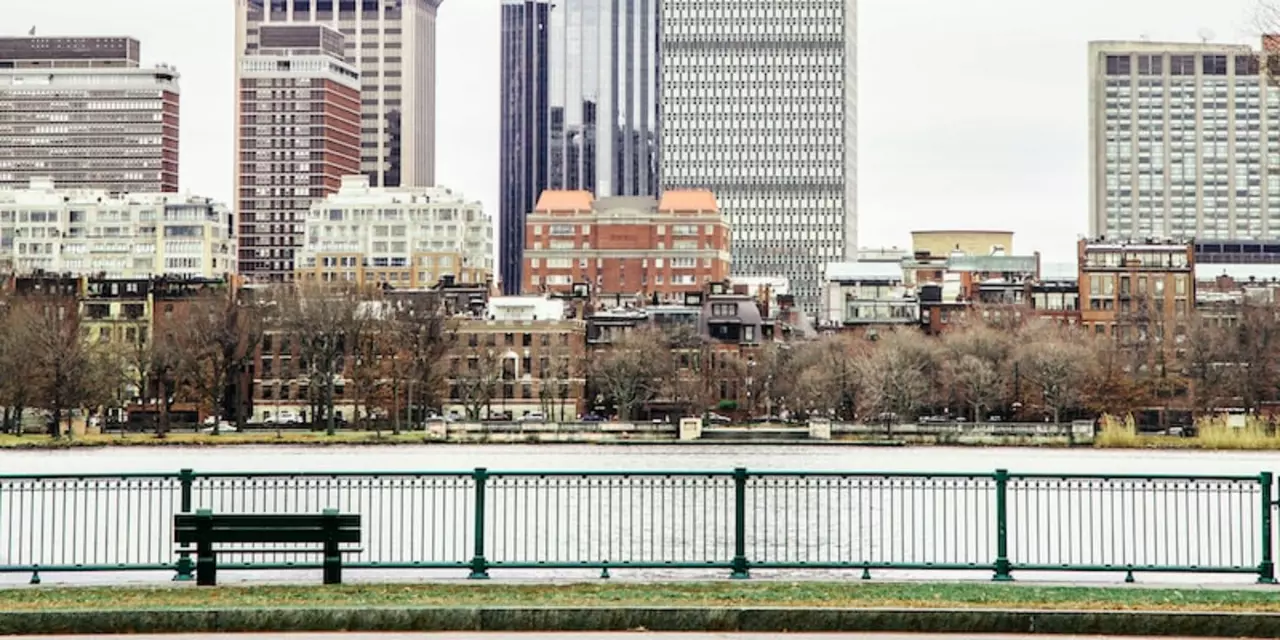SEARCH
Bicycle Safety in Boston – What Every Rider Needs to Know
If you’re thinking about cycling around Boston, you probably wonder how safe it really is. The good news is that the city has made big strides in bike-friendly design, but you still need to take a few simple steps to stay out of trouble. Wearing a helmet, using hand signals, and staying visible aren’t just nice ideas – they’re the basics that can keep a fall from turning into a serious injury.
Boston’s Bike Infrastructure
Boston has rolled out dedicated bike lanes on many major streets, and the city’s bike paths link neighborhoods with parks, schools, and transit hubs. Look for the green-painted lanes and the bike‑specific signs – they tell you where you have the right of way. Even with these lanes, you’ll still encounter cars that aren’t used to sharing the road, so stay alert and be ready to react.
One handy trick is to plan your route with the city’s bike map before you head out. The map highlights streets with protected lanes, low‑traffic corridors, and bike‑only streets. Choosing routes that avoid heavy traffic not only feels safer but also makes for a smoother ride.
Everyday Safety Habits
Helmet on, lights on – that’s the mantra for any Boston cyclist. A well‑fitted helmet can cut the risk of head injury dramatically, and reflective gear or front and rear lights are essential once the sun goes down. Boston’s streets can get foggy in the early morning, so visibility matters all day.
Don’t forget hand signals. Pointing left or right lets drivers know where you’re turning, and a simple arm raise signals a stop. It sounds easy, but many riders skip this step and end up confusing motorists. Practice the signals while riding a block or two in a quiet area, then you’ll use them automatically on busier streets.
Stay in the bike lane whenever possible, but be prepared to merge into traffic if the lane ends. When you do, look over your shoulder, signal, and ease into the flow. Keeping a safe distance from parked cars also helps – door swings are a hidden hazard.
Boston offers free bike safety classes at community centers and the city’s transportation department. These sessions cover everything from basic maintenance to navigating complex intersections. Signing up for a class can boost your confidence and teach you local tricks that seasoned cyclists swear by.
Finally, give your bike a quick check before each ride. Make sure the brakes work, tires are properly inflated, and the chain is lubricated. A well‑maintained bike responds better to sudden stops, which can keep you from slipping on wet cobblestones near the historic areas.
Riding in Boston can be a rewarding experience once you blend the city’s bike infrastructure with solid safety habits. Keep your helmet buckled, signal your moves, stay visible, and pick routes that match your skill level. Follow these tips, and you’ll enjoy the ride while staying safe on the streets of Boston.

Is it safe riding a bicycle on Boston roads?
Riding a bicycle in Boston is generally considered safe, but cyclists should be aware of several risks that can present themselves when navigating the roads. It is important to wear a helmet, obey the rules of the road and use hand signals to communicate with other drivers. Additionally, cyclists should be aware of the dangers of riding in traffic and should be sure to stay visible and alert. Furthermore, it is important to plan ahead and familiarize oneself with bike-friendly routes. Taking these steps will reduce the risks associated with cycling in Boston and make the experience both enjoyable and safe.
Continue reading
Is it safe riding a bicycle on Boston roads?
Riding a bicycle in Boston can be a safe and enjoyable experience. The city has invested heavily in bike infrastructure, including lane separations, improved signage, and dedicated bike paths. The city also provides resources for cyclists, including bike safety classes, information about bike laws, and repair shops. Despite the city's efforts, cyclists should still exercise caution when riding, as many drivers are not used to sharing the road with cyclists. Cyclists should always wear a helmet, obey traffic laws, and use reflective clothing or lights when riding at night.
Continue reading